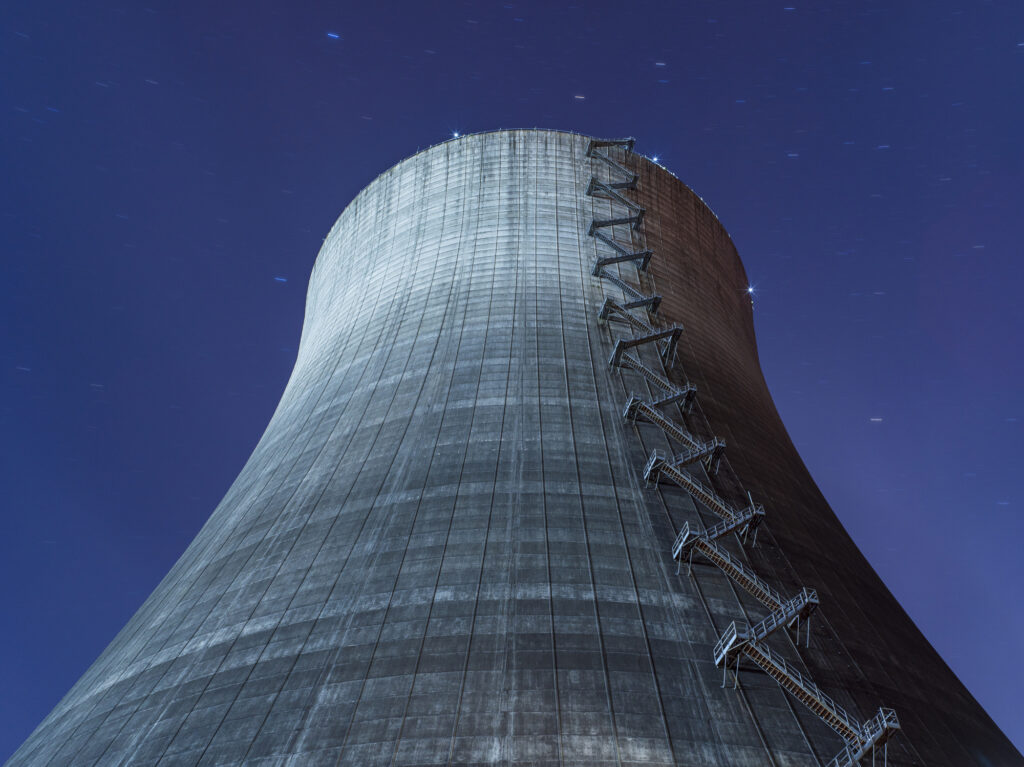The U.S. Environmental Protection Agency is raising by a factor of 350 what it considers to be the threshold for safe radiation exposure, Jon Utley reported at Reason.com. The higher threshold belatedly rectifies overly restrictive standards that have cost thousands of lives and billions of dollars, Utley reported.
Tsunami, Not Reactor, Was Deadly
Utley documented how the Fukushima, Japan earthquake, tsunami, and subsequent nuclear power plant meltdown illustrated through adversity how safe nuclear power is. Unjustified radiation fears proved deadly in the aftermath of the 2011 earthquake and tsunami that shut down the Fukushima nuclear power facility. The earthquake and tsunami killed more than 15,000 people, but the nuclear power plant meltdown killed no one and did not cause a single serious illness. Tragically, however, 1,600 people died during a chaotic and unnecessary evacuation of the region in response to overhyped fears of nuclear radiation.
Costly Overreaction
Despite this nuclear safety success story, Japan closed down 48 nuclear power plants and Germany announced it would close all of its nuclear power plants. The cost to their citizenry, Utley explained, is higher electricity prices and more air pollution and carbon dioxide emissions.
“The cost to U.S. citizens is staggering as well,” Utley observed. “Ultra-low [radiation] limits have delayed and prevented the construction of new nuclear power plants, added billions to the cost of refurbishing old reactors and Superfund clean-up sites, scared Nevada residents into opposing the opening of the Yucca Mountain nuclear waste storage facilities, and triggered panic whenever there has been a slight increase in radiation almost anywhere for any reason.”
EPA Acknowledges Mistake
Finally, however, EPA is acknowledging it has imposed unjustifiably strict radiation limits and is proposing to raise the limits.
“Equally important, the EPA change brings attention to the issue that economic costs can be considered in its rulings. Historically, EPA denies this premise based upon its original mandate, which does not call on the agency to consider economic costs, it claims,” wrote Utley.
“The yearly cost of unnecessary EPA regulations is in the many hundreds of billions of dollars, reducing wages and hurting the world’s standard of living. And yet these positive modifications are under severe attack from green extremists,” wrote Utley. “Rather than fighting sensible and cost-saving reforms, they should help rescue the legitimate environmental movement from far-left activists whose hysterical opposition to logical standards truly threatens world prosperity.”
Forbes.com contributor James Conca agrees unjustified radiation restrictions are costing the U.S. economy billions of dollars while providing no public health benefits. Conca observed EPA’s background radiation restrictions are lower than natural radiation levels occurring everywhere but the middle of the ocean. Playing on myths and unsupported fears, EPA employees have ensured themselves plenty of money and job security by perpetually fighting radiation levels that are perfectly healthy and cannot be substantially reduced, Conca explained.
James M. Taylor ([email protected]) is managing editor of Environment & Climate News.





